When you’re in a relationship, you probably expect (or at least hope) that your significant other would support your sane and harebrained ideas equally. But when it comes to a decision as life-changing as a career break, it shouldn’t come as a surprise that you might receive pushback when pitching the plan. During the time when you’ve been envisioning an exciting global trek, your better half may have been focused on climbing the corporate ladder. This is one reason why you should prep both yourself and your partner before bringing up the idea of a career break.

Start by gauging your better half’s interest during dinner conversations and weekend outings. Do this by discussing the reasons behind why you want to take a career break, but without going into the details of your plan and ultimate goal. This may take the form of, “I’m feeling unfulfilled at work,” which intimates that you’re interested in a change, or “Wouldn’t it be fun to just quit our jobs and travel the world?” The conversation that builds from this playful question should tell you where your partner falls on the spectrum of an easy to hard sell. The reactions you elicit from these prompts will also give you a sense of potential concerns that you’ll need to address when you’re ready to reveal your plan.
Whether or not it ends up being easy to convince your partner, you’ll likely be up against the following common questions and pushback points:
- This isn’t a good time. What about our responsibilities (kids, pets, possessions, and property)?
- It sounds like a lot of work.
- We can’t afford it, and what would we do for an income on the road and when we return?
- What about our jobs and the employment gap on our resumes?
These are all valid concerns that you will definitely need to discuss as a couple, so take some time to think about how you would respond, and then write down your ideas. Create a loose script with potential questions and answers to help you prepare for this important conversation. Then read what you’ve written and ask yourself if your reasoning is logical and if your partner will understand where you’re coming from. Adjust where needed and then study the script so you’re more than familiar with the questions and answers. You shouldn’t read from it when you’re having the conversation, so practicing is crucial to build confidence. If you show doubt or indecision, your partner will feel the same way.
Additionally, show your commitment by being prepared with key information like where you might travel; a savings goal, how you will achieve it, and how long it will take to get there; options for what you can do with your possessions and property; and an overview of the biggest tasks to complete between now and your potential departure date.
Before we first started planning our round-the-world trip (RTW) in 2011, we had a similar conversation as Tara pitched the idea to Mike. We know it can be difficult to put your feelings about a career break into words, so here’s a little help with answers to the above pushback points:
- There won’t ever be a “perfect time” to take a trip like this. Life is what you make it. Consider what obligations you have now – like kids, pets, and property – and how you would take care of them prior to leaving. You could rent or sell your property, ask family or friends to look after your pets, and bring your kids with you – what an excellent global education for them! Part of your pitch can include the allure of reducing your possessions and the ability to continue living as minimalists when your trip wraps up.
- Sure, there’s a lot to do, but the reward is worth the work. And some of it will be fun too, like drafting your dream itinerary! The most difficult part for us was figuring out where to begin and in what order to complete tasks. Since there wasn’t a comprehensive guide for planning long-term travel, we wrote the book we wish we had access to when we were planning our RTW. It’s called Create Your Escape: A Practical Guide for Planning Long-Term Travel. It will help you plan your own career break, from saving money to reducing your possessions to executing even the smallest of details that will ultimately help make your trip carefree.
- Your financial savings may either make you feel at ease or worry you about whether you could pull this off. To achieve your financial goals, it’s important to have a detailed plan for how to get there, which can include a monthly savings goal, paying off your debts, and adding a second income. In Create Your Escape, we provide an easy method for calculating your savings goal and a supplemental spreadsheet to help you track your spending on the road.
- Experienced career breakers like ourselves know that a grown-up gap year won’t kill your career path, but we also know how difficult it is to trust that everything will turn out well. Ultimately, this requires trust in yourself and your abilities. Finding an employer who respects this personal decision won’t be difficult, as there will always be companies and hiring managers who value risk takers and want them on their team. Do whatever you can between now and the time you leave to ensure that your careers are moving forward in a positive direction. That will give you the confidence to sell yourself later on – just like you would now if you were looking for a new job.
Don’t feel disheartened if you two aren’t completely in sync at first, as it can take some time to get on board with such a big decision. One of the best ways you can build your potential travel partner’s confidence is to prove that the two of you, as a team, can pull it off – financially and otherwise. While a pitch displays your commitment, asking for the other person’s help shows you want them to be a part of the process. This works even better if you can tell your partner concrete ways he or she can contribute. For example, if your better half is great with numbers, he or she can be your trip CFO and handle your budget, which is critical to planning and executing a career break.
Most importantly, don’t forget that this is supposed to be fun! You two could probably spend hours on end talking about your route, bucket list activities, festivals you want to attend, and friends you want to visit around the globe. You shouldn’t stress about planning an in-depth itinerary, but visualizing your end goal will be important for keeping both your head and heart in the game. If you maintain a high level of excitement when you talk about where you could go and what you could do, it will likely be difficult to resist the idea, especially if the back-end logistics are well thought out. Make it tough to say no to you!
Tara and Mike Shubbuck are the original Two Travelaholics. In 2012, they quit their jobs to travel the world on their extended honeymoon, racking up 40,000+ miles in their first year and a half of marriage. When they aren’t traveling, they’re on the lookout for pugs, craft beer, and great bands. They are the authors of Create Your Escape: A Practical Guide for Planning Long-Term Travel, which teaches other travelaholics how to prepare for extended travel. Check it out at http://createyourescape.today
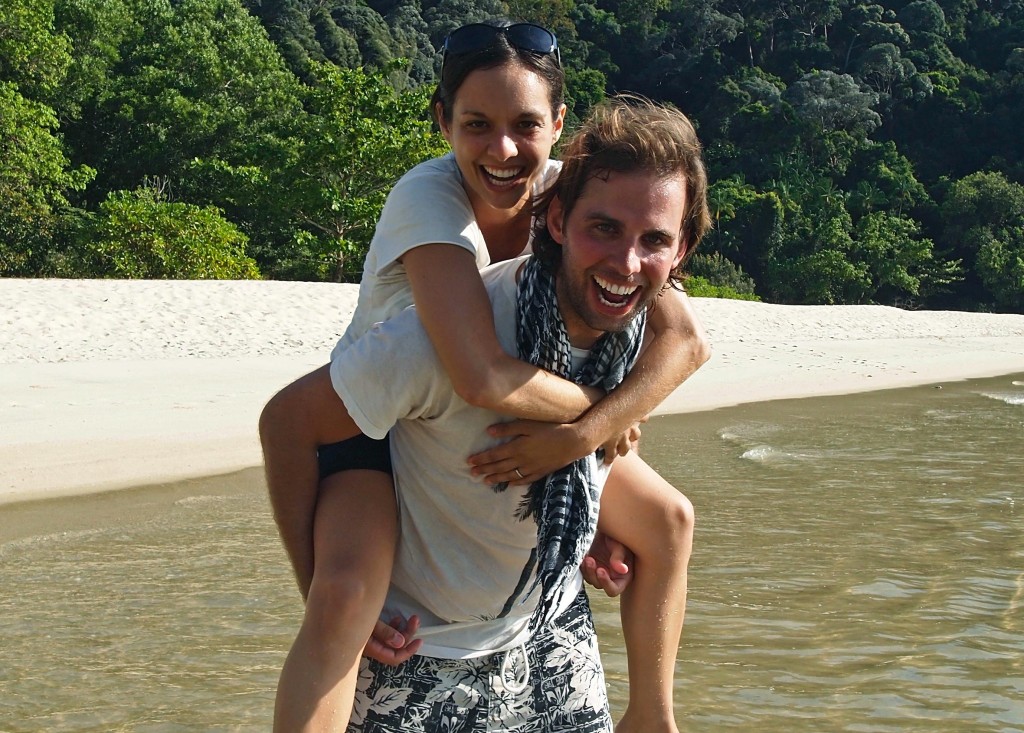
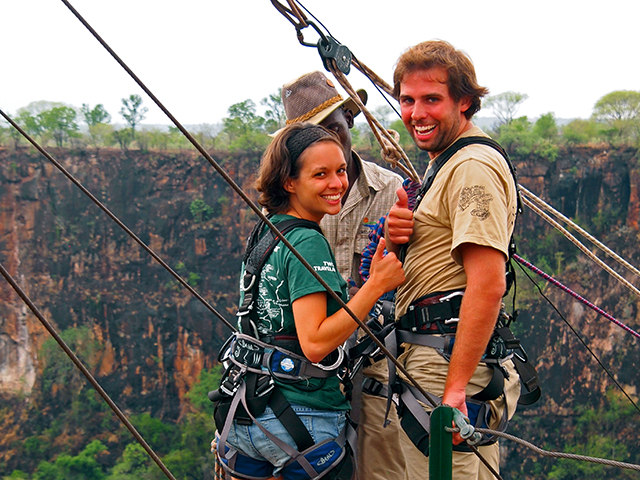


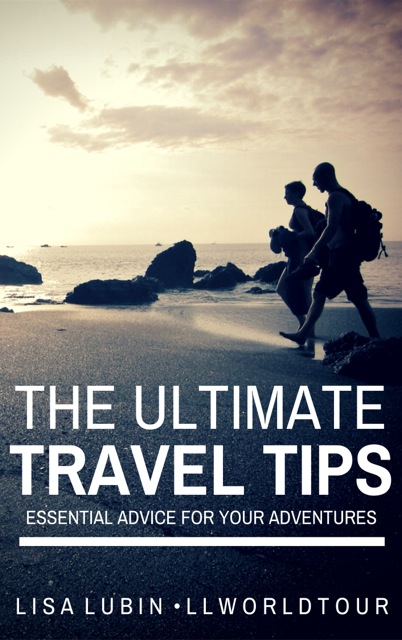
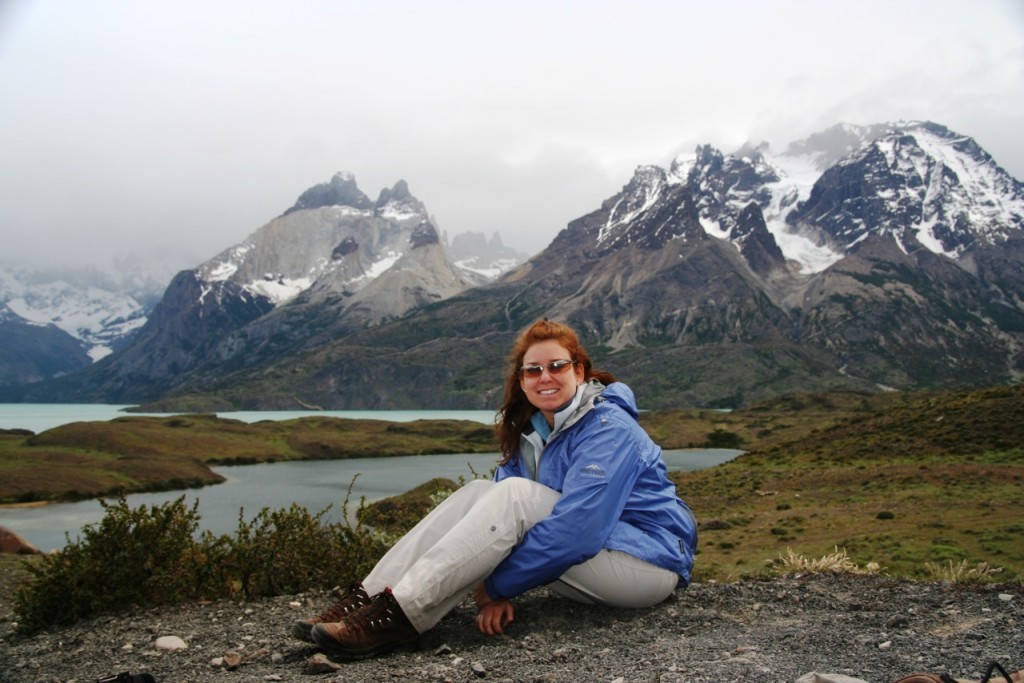
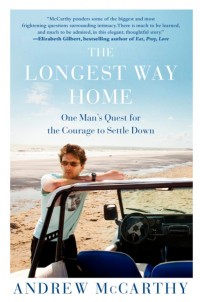
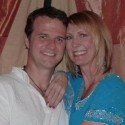

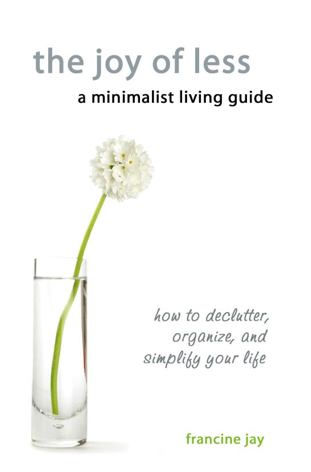
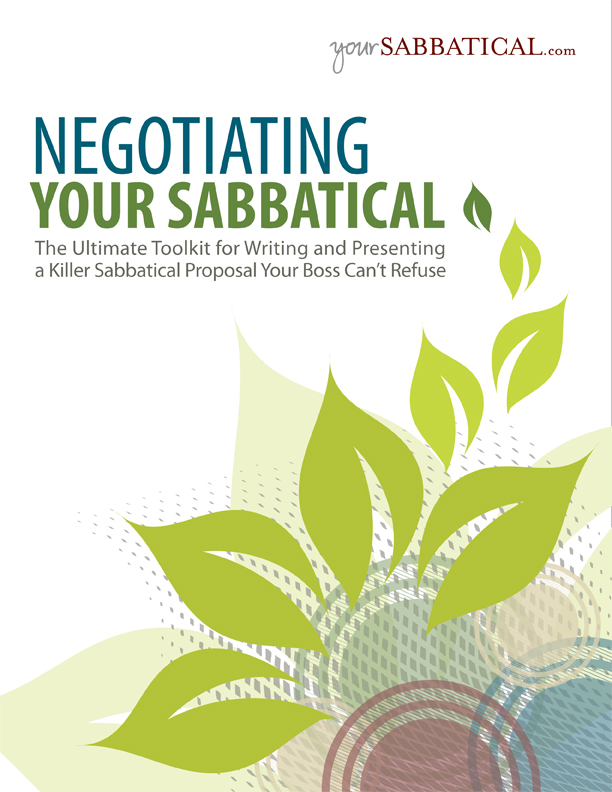
 I stumbled upon
I stumbled upon 







